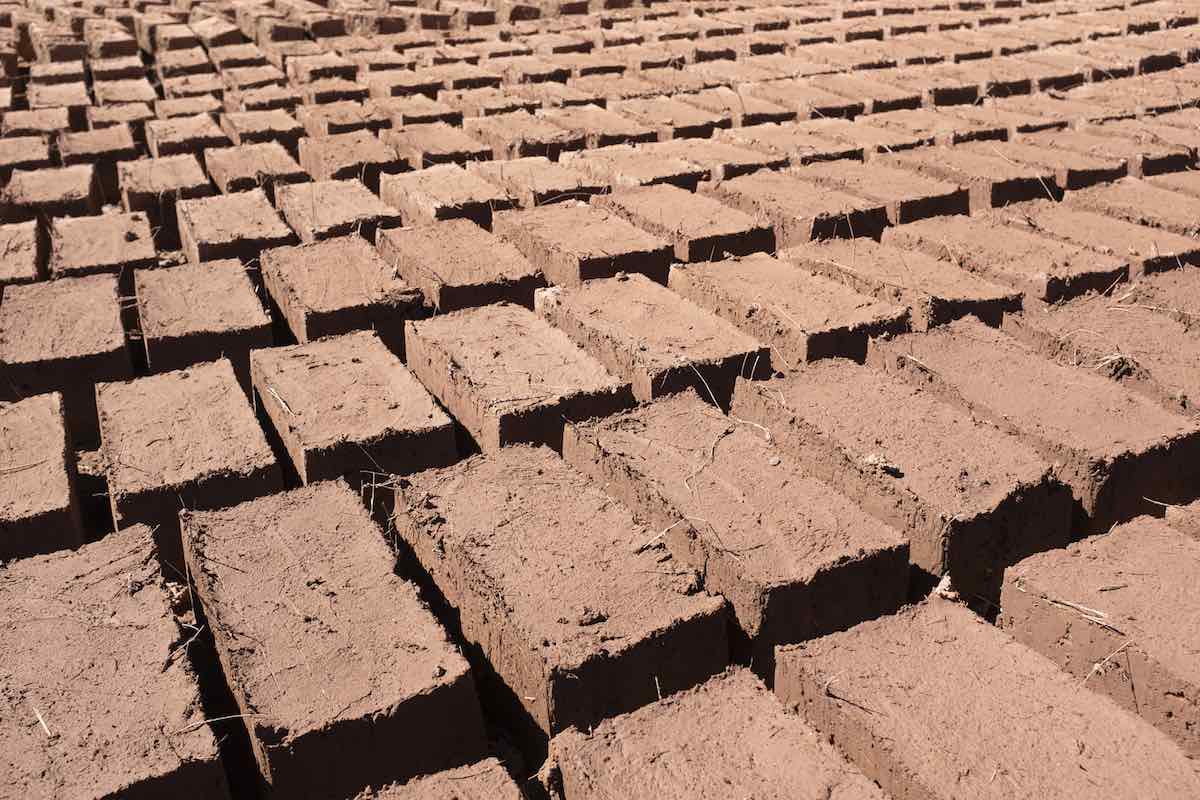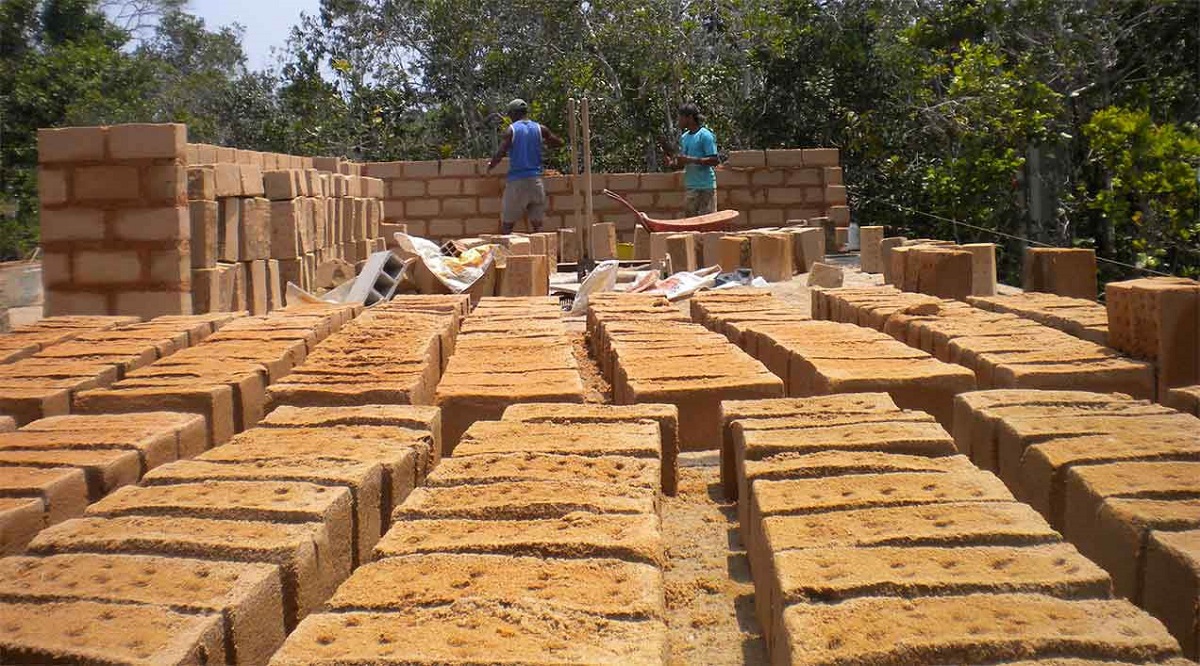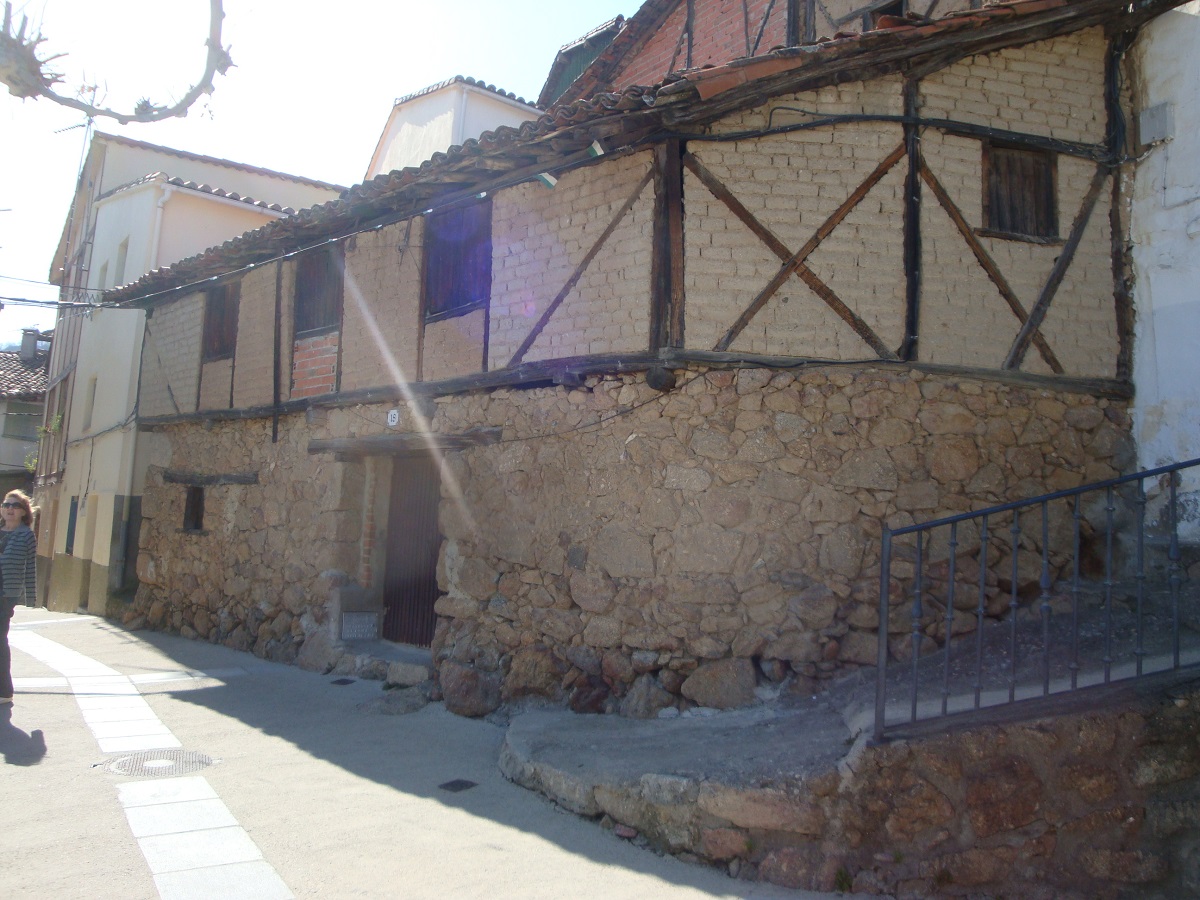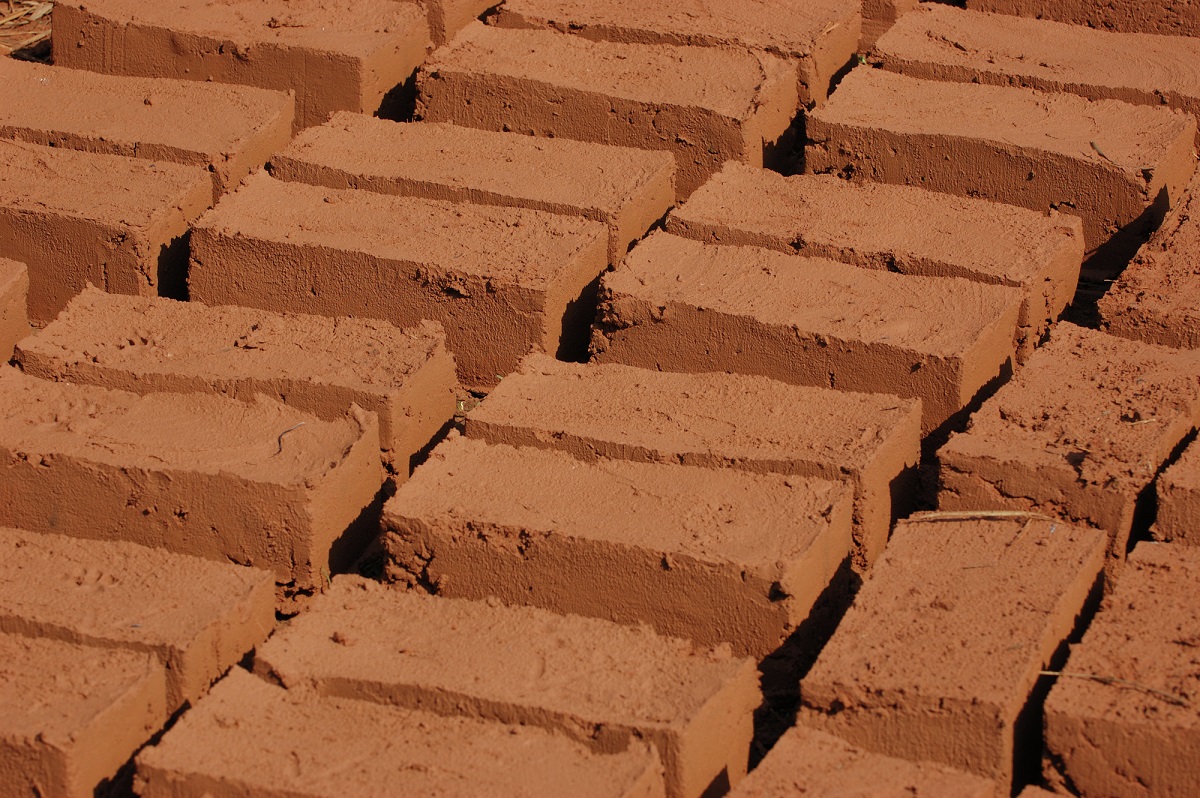
Adobe houses are eco-friendly houses built to save energy and are made of adobe material, which means proper insulation. In Spain it is a specialty of the drier regions, such as Castilla y León, where straw is added to the soil. Adobe buildings are often converted with a layer of the same earth as a typical house in Tierra de Campos. However, many people do not know what is adobe and what are its characteristics.
Therefore, in this article we are going to tell you everything you need to know about what adobe is, its characteristics and advantages compared to other materials.
what is adobe

An adobe is a brick or structural piece (for example, used to build an arch or vault), usually made by hand, mainly from clay and sand. It may contain silt, and fibrous materials, such as straw or other natural fibers, are often added to it. In some places, dried cow dung is used instead of straw.
The fundamental characteristic of adobe is its drying system by exposure to the environment without the application of heat, usually in sunlight.
The manufacturing system consists of kneading a mixture of sand and clay, adding fibrous materials, placing the paste in moulds, demolding and drying. Fibrous material is added to prevent the adobe from cracking during drying, since clay shrinks considerably from the loss of water.
The advantages that we find in Adobe are the following:
- No power consumption.
- Simple craft manufacturing.
- Good thermal and acoustic insulation.
- It can be used as a structural element. (10 kp/cm2 mean compressive strength)
On the negative side we have:
- Low resistance to erosion.
- Low shock resistance.
- High capillary action.
Strengthening of the walls
Different scientific studies are currently being carried out to strengthen the adobe walls against seismic movementssuch as the placement of steel bars. Adobe should not be confused with tapial.
Adobe has been used for seven thousand years before our time, although it requires a nearby area with sufficient clay. The type of clay, sand and fibers as well as the percentages of each of these elements will affect the physical-mechanical properties obtained.
We can improve the quality by pre-pressing the pieces with manual or mechanical machinery, which translates into a higher density and therefore greater resistance to compression and a more uniform size and flatness.
Adobe is usually placed on site with the same manufacturing paste and should never come into contact with the ground due to its great capillarity. In houses built with adobe, a stone foundation is placed on the ground to prevent capillarity. We can also cover adobe walls with clay and mortar.
How are the adobe houses?

First of all, let's talk about the star material of these buildings, adobe. Adobe materials consist of unfired bricks, which are building blocks made from a mass of earth (clay and sand). Adobe is sometimes mixed with straw, shaped into bricks, and sun-dried for later use.
Adobe houses are built using all kinds of architectural elements that make up a sustainable home, such as walls, walls, and arches. Adobe blocks can be made by hand using box molds or wooden ladders, with each rung forming the space into which the adobe is inserted.
The clay that makes up an adobe structure works well with any material, such as precast or iron joists. So, This eco-friendly material complements other materials perfectly and can be mixed without any problems.
Regarding the origin of the materials that make up and characterize this adobe structure, they are all natural, coming from earth, water, sand and vegetable fibers. Also, it should be noted that adobe houses are easy to modify, since you can remove the walls or expand the house with new additions.
In short, to build an adobe house, there are various ways of producing bricks, depending on the traditions of the area and the degree of mechanization of the chosen factory.
How are adobe houses built?

Currently, three main masonry techniques are commonly used in the construction of the walls of this ecological adobe house. On one side there is a wall made with “rope” crafts. It is about inserting the adobe along the wall, thus creating a thin wall determined by the width of the adobe.
The process of the "rope" technique includes the ligation of the walls used in the interior partitions. In general, it is not a wall technology that helps to insulate an adobe house, but is used as an envelope between separate structures. Secondly, Another widely used technique for the construction of adobe houses is the "brown" wall technique.
"A tizón" is a technique in which adobe is placed laterally on a wall. In this way, the width of a wall is equal to the dimension of the long side of the adobe.
Due to its great width, it is considered a load-bearing technique, that is, it is used in areas with considerable thermal amplitudes. Finally, another technique used is the so-called «hollow lock».
The "hollow lock" technique consists of creating a double wall by supporting the adobe vertically on a smaller face, thus obtaining thin walls. So, This technique is suitable for cold climates and with few construction resources, since it guarantees good insulation.
What are the properties of Adobe materials?
Adobe materials are known for their low thermal conductivity. Also, due to its abundance, we can find it in areas of the construction process.
Currently, certain specific machines are used to make adobe materials. However, another option to consider is to create architectural elements in a primitive way.
I hope that with this information you can learn more about what Adobe is, what its characteristics are, and the applications and uses it has.